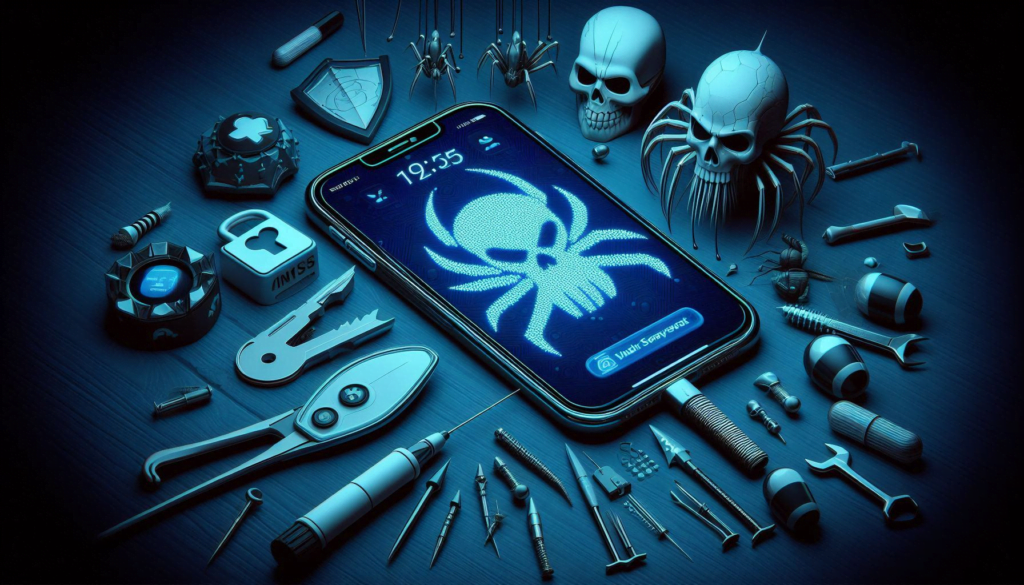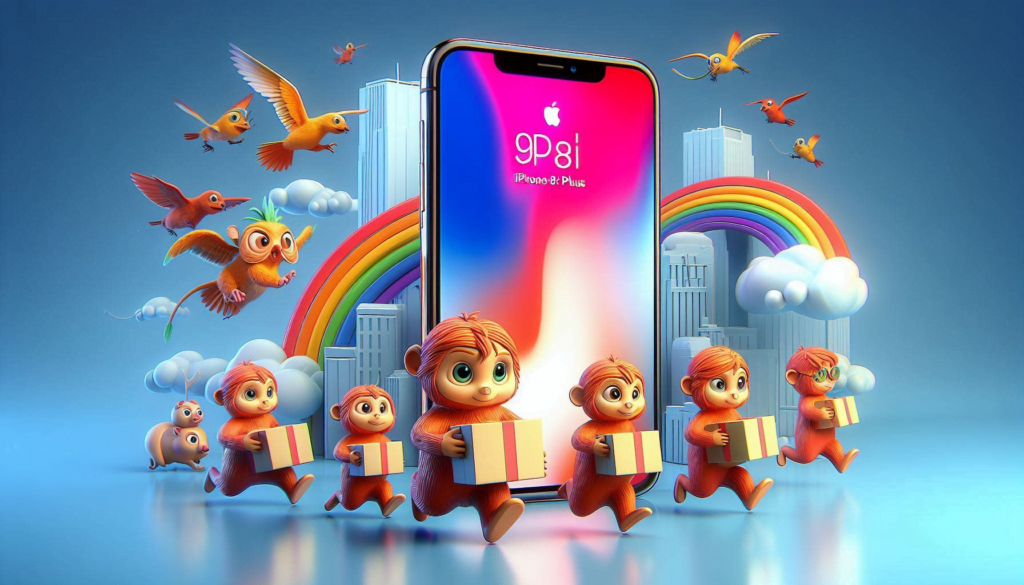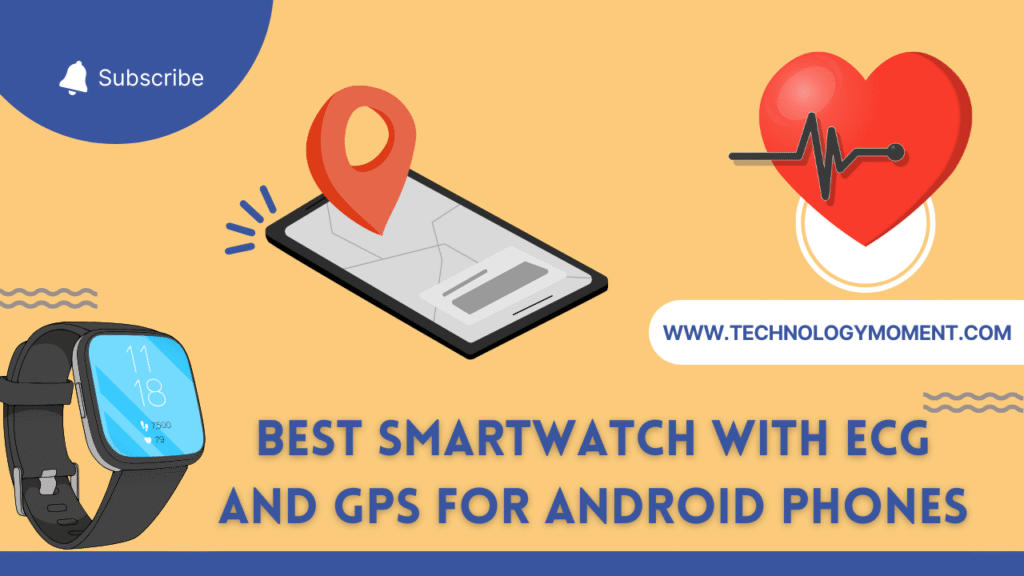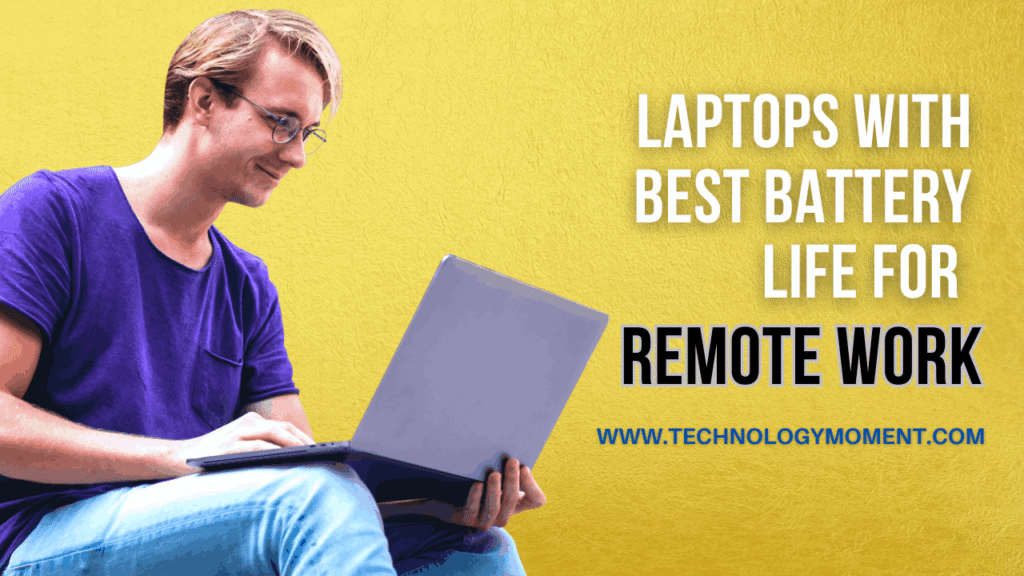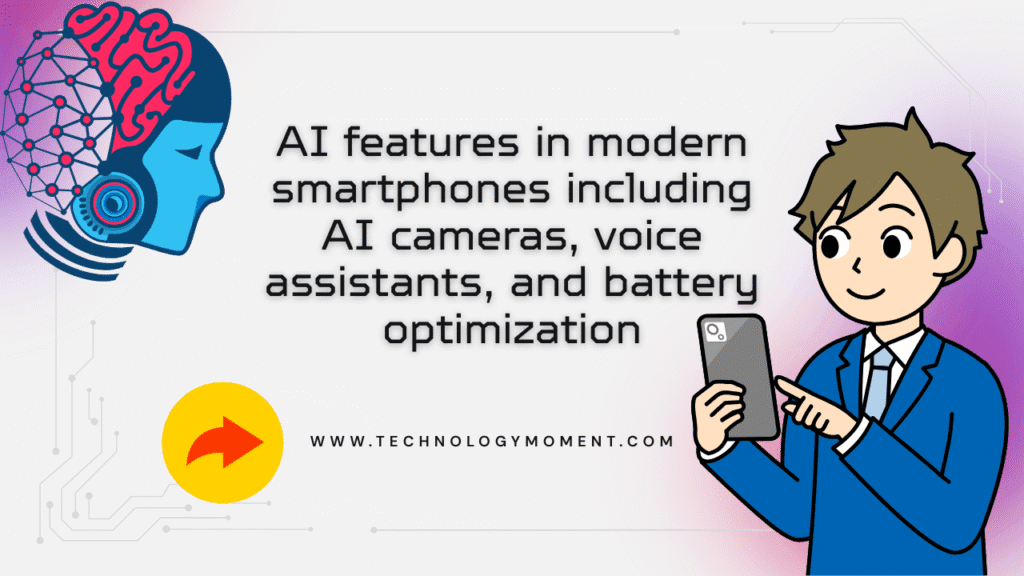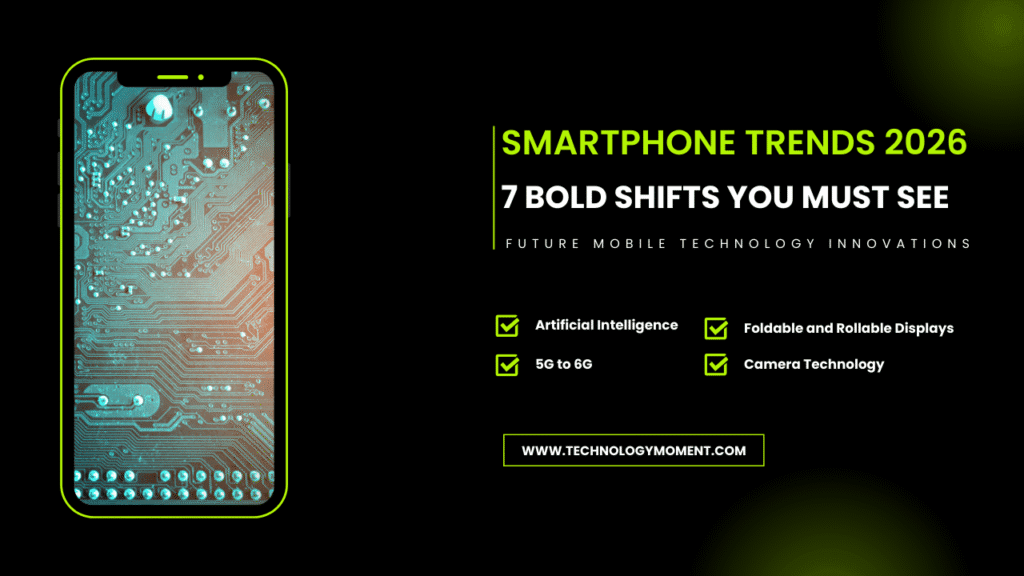
Welcome to Technology Moment – Your Go-To Hub for Smart Tech Insights! In today’s fast-paced world, smartphones have become an inseparable part of our daily lives. From catching up on work emails to scrolling through social media, streaming videos, or even navigating traffic, our phones seem to do it all. But have you ever paused to think about the hidden impact of this constant connectivity on your health?
Smartphones are undoubtedly powerful tools—they keep us informed, connected, and entertained. Yet, this convenience comes at a cost. Overusing these devices can quietly affect our mental well-being, disrupt sleep patterns, strain our eyes, and even cause neck and back problems. Think of your phone as a double-edged sword: while it brings the world to your fingertips, it also has the potential to take a toll on your body and mind if not used mindfully.
In this article, we’ll explore the intricate connection between smartphone use and health. From understanding the risks to discovering practical strategies, you’ll learn how to enjoy your device without compromising your well-being. Whether you’re a tech enthusiast, a student, or a professional, the insights shared here will help you strike a balance between staying connected and staying healthy.
Table of Contents
Understanding the Impact of Smartphone Use on Health
Smartphones are extraordinary tools—they fit into the palm of your hand but open gateways to endless information, entertainment, and social interaction. Yet, this constant connection comes at a cost. The impact of smartphone use on health is subtle at first, often creeping in unnoticed until it starts affecting daily life. When you use your phone for long stretches, your brain is exposed to continuous stimulation.
This heightened engagement can lead to mental fatigue, reduced attention span, and even heightened stress levels. Social media platforms, with their endless scrolling feeds and notifications, trigger a constant loop of dopamine hits. Each like or message may feel rewarding, but over time, this creates dependency, subtly altering your brain’s reward system.
Physically, smartphone use can also take its toll. Long periods of looking down at a screen strain neck muscles, shoulders, and even your spine. The muscles in your neck have to support more weight when your head tilts forward, which over months or years can lead to chronic discomfort. Eye health is another area of concern. Staring at a bright, tiny screen for hours reduces blinking frequency, causing dry, irritated eyes and increasing the risk of digital eye strain.
Moreover, prolonged exposure to blue light emitted from screens suppresses melatonin production, disrupting sleep cycles and leading to fatigue, reduced focus, and even mood imbalances. Essentially, your smartphone is a double-edged sword—powerful, yet capable of creating ripple effects on your health that are often underestimated.
Smartphone Overuse and Mental Health
Excessive smartphone use goes beyond mere habit; it can become a psychological burden. Mobile phone addiction and health are intricately linked. When the brain relies on constant notifications for validation, it begins to associate self-worth with virtual feedback. This dependency can escalate into anxiety when a phone is out of reach, a phenomenon commonly referred to as “nomophobia”—the fear of being without your mobile device. Individuals may also experience irritability or restlessness when attempting to reduce screen time, demonstrating the addictive potential of modern technology.
Mental health is particularly vulnerable because smartphones often expose users to high volumes of information, both positive and negative. Endless news feeds, social comparison, and online arguments can elevate stress hormones, leading to chronic anxiety or depressive tendencies. In addition, the hyper-stimulating nature of social media decreases attention span and weakens cognitive processing.
Over time, this diminishes the ability to focus, making tasks like reading, problem-solving, or deep thinking more challenging. Smartphone addiction also interferes with productivity. The constant urge to check emails, messages, or notifications breaks concentration, resulting in wasted time and compromised performance. The cumulative effect is a subtle but persistent drain on mental health, often overlooked until it manifests as sleep problems, mood swings, or emotional fatigue.
Physical Consequences of Smartphone Overuse
The physical consequences of smartphone overuse are often more apparent than the mental ones, though they are just as impactful. Eye strain is one of the most immediate effects. Focusing on small text or images for extended periods leads to discomfort, dryness, blurred vision, and headaches. Some users may experience a condition known as computer vision syndrome, which is essentially eye fatigue caused by prolonged screen exposure.
Neck and back problems are also increasingly common. The “text neck” phenomenon, which occurs when the head is tilted forward for prolonged periods, places extra pressure on the cervical spine. Over time, this posture can lead to chronic pain, stiffness, and even long-term spinal misalignment. Shoulders and upper back muscles also bear the brunt, often resulting in tension and reduced flexibility.
Poor posture while using a smartphone can create cascading effects throughout the musculoskeletal system, causing discomfort not just in the neck and back but also affecting wrists, hands, and even hips due to compensatory body positioning.
Additionally, sedentary behavior associated with smartphone use can contribute to more systemic health problems. Sitting for extended periods while absorbed in a phone can slow metabolism, reduce cardiovascular health, and increase the risk of obesity. This combination of postural strain, eye discomfort, and prolonged inactivity highlights the physical cost of excessive smartphone use. The longer these habits persist, the greater the likelihood of long-term musculoskeletal and vision-related issues, reinforcing the importance of balance and mindful usage.
Sleep Disruption from Smartphones
Sleep is the unsung hero of health. It repairs our body, resets our mind, and ensures we wake up ready to face the world. Yet, smartphones have subtly become one of the biggest disruptors of this essential process. The blue light emitted by screens is especially problematic—it tricks the brain into thinking it’s daytime, which suppresses melatonin, the hormone responsible for regulating sleep cycles. This makes it much harder to fall asleep and stay asleep, leading to restless nights and groggy mornings.
Beyond blue light, the content we consume also plays a role. Scrolling through social media, watching videos, or reading distressing news right before bed can overstimulate the brain, keeping it alert when it should be winding down. Over time, chronic disruption in sleep patterns can have cascading effects on physical and mental health, including weakened immunity, increased stress levels, and impaired cognitive function. People around the world, regardless of lifestyle or occupation, are feeling these consequences as smartphones become an inescapable part of modern life.
7 Actions to Protect Your Health from Smartphone Overuse
Protecting yourself from the harmful effects of smartphone overuse doesn’t require drastic measures—it starts with awareness and consistent small actions. First, setting clear daily screen time limits is crucial. Many devices now offer digital well-being tools to help monitor usage, making it easier to recognize patterns of overuse. Next, the 20-20-20 eye rule can prevent digital eye strain: every twenty minutes, look at an object twenty feet away for twenty seconds. Physical discomfort isn’t just limited to your eyes; posture matters too. Holding your phone at eye level and sitting upright while using it can drastically reduce neck and back strain over time.
It’s also vital to create phone-free zones or periods, such as during meals or in the bedroom, giving your brain and body a chance to relax. Using blue light filters or night mode in the evenings helps reduce exposure to sleep-disrupting wavelengths. Engaging in offline activities—like sports, reading, or social gatherings—ensures your life isn’t consumed by screens. Finally, acknowledging when usage is becoming addictive and seeking help through therapy or structured digital detoxes is an essential step in reclaiming control. These seven actions together build a sustainable approach, allowing smartphones to remain a tool rather than a health hazard.
Benefits of Limiting Smartphone Use
Limiting smartphone use can feel liberating once you understand the tangible benefits it brings. Mentally, it reduces stress and anxiety, freeing your mind from the constant barrage of notifications and social media comparisons. Focus improves naturally when your attention is no longer fractured every few minutes, boosting productivity and creativity. Physically, less screen time alleviates eye strain, tension in the neck and back, and even prevents headaches caused by prolonged screen exposure.
Sleep quality improves markedly because the brain is no longer being stimulated by late-night scrolling, allowing melatonin production to resume and deeper rest to occur. Beyond individual health, cutting down screen time enhances real-world connections. Conversations become more meaningful, family interactions more present, and hobbies more enjoyable. Globally, as more people adopt healthier smartphone habits, the collective well-being rises, showing that balance, not abstinence, is the key to thriving in a technology-driven world.
Tips to Balance Smartphone Use and Health
Balancing smartphone use with your health doesn’t mean ditching your device entirely; it’s about creating harmony between your digital and real-life activities. One effective approach is to cultivate mindfulness whenever you reach for your phone. Before unlocking the screen, ask yourself if what you’re about to do truly adds value to your day or if it’s just a habitual scroll. This simple self-check can reduce mindless usage and free up mental space for more meaningful activities.
Another strategy is to leverage technology to control technology. Modern smartphones come equipped with built-in tracking tools like Screen Time for iOS or Digital Wellbeing for Android. These features enable you to track precisely how much time you spend on various apps and alert you when you exceed healthy limits. For people with a competitive streak, third-party apps like Forest or Freedom provide engaging ways to stay focused by gamifying offline time or blocking distracting apps temporarily.
Creating environmental boundaries also plays a crucial role. Designating specific zones in your home or office as “phone-free” areas can help your brain associate these spaces with relaxation and focus, rather than constant notifications. For example, keeping your bedroom phone-free can significantly improve sleep quality. Similarly, setting family or workplace smartphone policies encourages everyone around you to adopt healthier habits, creating a supportive environment for long-term behavioral change.
Finally, integrating offline hobbies and real-world interactions is vital. Engaging in physical activity, reading a book, cooking, or simply spending uninterrupted time with loved ones can provide the mental refresh that screen time cannot. These activities replenish your focus, reduce anxiety, and improve overall well-being. The key is to consciously make space for life beyond the screen, which ultimately enhances both mental and physical health.
Conclusion
The impact of smartphone use on health is undeniable, but it doesn’t have to dominate your life. Smartphones are tools designed to enhance communication, productivity, and entertainment, but unchecked usage can lead to mental strain, poor sleep, and physical discomfort. By implementing conscious strategies such as mindful phone usage, creating phone-free zones, using technology to self-monitor, and engaging in offline activities, you can mitigate the negative consequences and protect your health.
The journey to a healthier relationship with your smartphone is gradual. Small, consistent adjustments, like reducing screen time before bed, maintaining ergonomic posture, and setting limits on social media scrolling, can create profound improvements in your daily life. Essentially, your smartphone should serve you, not control you. By striking a balance, you can enjoy the convenience and connectivity it offers while preserving mental clarity, physical wellness, and overall life satisfaction.
Ultimately, the goal isn’t to eliminate smartphones but to use them intelligently and intentionally. With awareness, practical habits, and a proactive approach, you can navigate the digital world confidently without compromising your health or happiness.
FAQs
How can I build mindful smartphone habits in daily life?
Mindful smartphone habits begin with awareness. Start by noticing how often you pick up your phone and why. Before each interaction, ask whether it is necessary or just habitual. Over time, this awareness helps break compulsive patterns, reduces stress, and fosters healthier engagement with technology.
Is it possible to improve sleep while still using my smartphone in the evening?
Yes, but it requires adjustments. Reduce blue light exposure by using night mode or blue light filters. Keep the phone at a distance, avoid stimulating apps like social media or games, and limit usage to essential activities. Even small changes, like a 30-minute phone-free buffer before bed, can significantly improve sleep quality.
What strategies help reduce smartphone dependency for productivity?
Creating structured usage routines, blocking distracting apps during work hours, and setting specific time windows for social media are effective strategies. Physical cues, such as leaving the phone in another room while working, also encourage focus and reduce the constant urge to check notifications.
Can regular exercise and hobbies offset the physical effects of smartphone overuse?
Absolutely. Engaging in physical activities like stretching, yoga, or walking helps counteract posture-related strain, neck pain, and eye fatigue. Hobbies that don’t involve screens refresh your mind, reduce stress, and create a healthier balance between digital and real-life interactions.
How do I know if my smartphone usage is affecting my mental health?
Signs include heightened anxiety or irritability when separated from your phone, difficulty concentrating, disrupted sleep patterns, and feelings of guilt or regret after extended phone use. If these signs persist, it’s worth evaluating your habits and considering strategies to reduce usage or seeking professional guidance.

